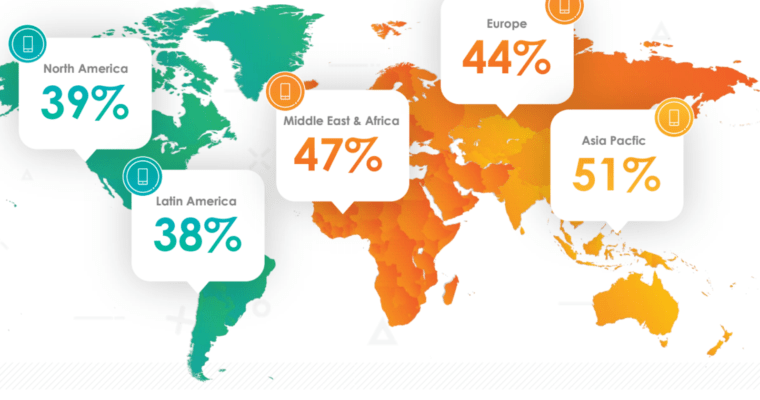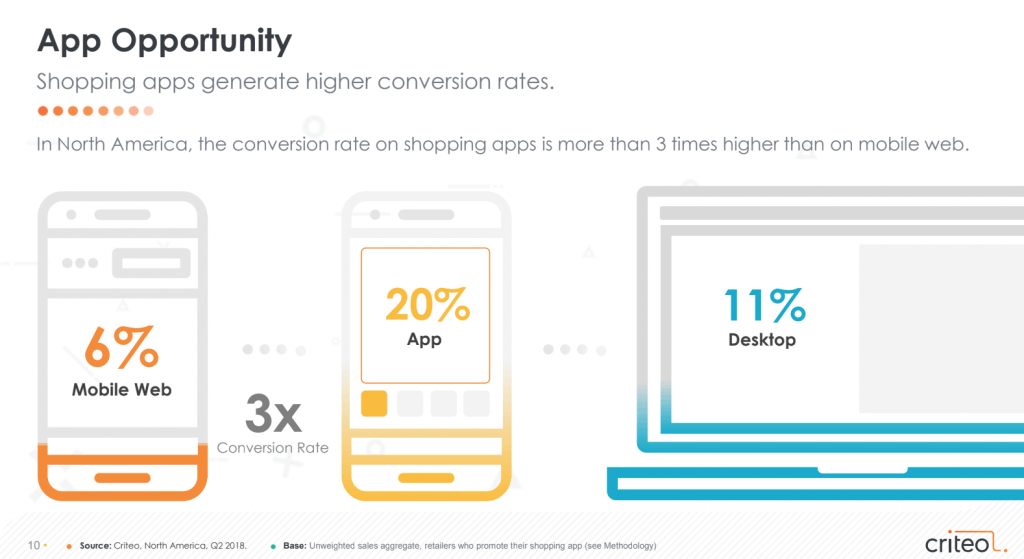
By now, most of us are familiar with the trendy term account-based marketing (ABM). At its core, ABM is used to nurture specific high-value accounts and reach stakeholders in a personalized manner, with the primary goal of generating more revenue and retention.
The focus is on the quality of engagements with your targeted accounts, but there’s nothing fundamentally new about the concept of ABM. For decades, highly profitable enterprises have been executing high-touch marketing programs and finding creative new ways to drive engagement with their brand.
Done well, its ROI is high — so it’s no wonder the popularity of ABM continues to grow. Recent research shows 56% of marketing departments plan to boost their resources (e.g., time, budget, personnel) to support an ABM strategy in 2018. Only 11% of marketing departments said they don’t plan to put any resources toward ABM this year.
At the same time, more than 50% of marketers said they need more education and best practices to improve or launch their ABM strategy and effectively set and measure KPIs.
Some of the demand for more education stems from confusion around ABM. As with any hot marketing trend, misinformation is rampant, and current myths about ABM’s purpose — and what it takes to execute it successfully — are everywhere.
We’re going to do our part to end the confusion and bust some of most common ABM myths.
Myth #1: ABM should only be used to grow existing accounts
ABM is about selling to a targeted list of high-value accounts, both existing and new. But regardless of whether the target is a current customer or a prospect, a comprehensive go-to market strategy — created in collaboration between sales and marketing — is necessary to yield success.
There’s no one-size-fits-all approach.
What you do to engage each account can vary greatly depending on the brand. ABM allows you to focus on a narrower set of accounts that are crucial to driving your business forward, but it still requires a significant amount of creativity and personalization to influence both existing and prospect accounts. Bottom line: Don’t confuse account-based marketingwith selling.
The goal of ABM isn’t to simply sell products – it’s to influence the right stakeholders from the right accounts.
Myth #2: A successful ABM strategy requires a specialized team
Hiring a specialized team isn’t necessary, but creating a specialized approach is. You can leverage your existing marketing team to drive results in a new way. Chances are, someone on your marketing team is already targeting the accounts you selected for your ABM strategy.
But now, you can take a strategic approach and dedicate more time and resources to engage them in new, more effective ways.
Your strategy might include gathering customer insights for each account, or activating top sales reps to engage the executives in your targeted accounts. Ultimately, while the approach may be different, your existing marketing team can execute your ABM strategy, so long as they collaborate closely with sales.
In fact, alignment with the sales team is a must-have for any organization to successfully run an ABM program.
Myth #3: ABM success can’t be measured
ABM is about driving higher growth from your targeted list of accounts. The easiest way to measure success is to align with your sales team and determine which campaigns or tactics are driving the most growth.
For example, you can measure the number of meetings you set up with your ABM accounts, new contacts you’ve developed, or opportunities you’ve influenced.
At the very least, you can measure success by comparing growth of the accounts targeted through your ABM program to other accounts not targeted through ABM. And once you’ve reached your ABM goals, the momentum doesn’t stop there. It continues through nurturing relationships with the stakeholders in your targeted accounts so they become evangelists for your business and references for new prospects.
Myth #4: It’s only useful to deploy ABM if you’re going after large enterprises
False again! When ABM emerged, many marketers believed it was only worthwhile (from an ROI perspective) to target large accounts, because only those accounts could spend enough to justify the ABM investment.
However, ABM helps you target segments that you believe are most likely to convert and grow your business the fastest. If that’s the mid-market, then target those accounts. Businesses don’t have to be a certain size — in terms of revenue or employees — to drive your ABM strategy forward. But keep in mind that your marketing investment per account needs to make sense in the context of your potential return.
At the end of the day, ABM isn’t a new B2B marketing strategy, but we’re applying new terms and technologies to make it more effective. As marketing technology continues to evolve, there will be even more new, innovative ways for sales and marketing teams to execute successful ABM strategies.
Don’t let misperceptions limit your scope when using this approach to cultivate new and existing accounts.
- by Sanjay Castelino











